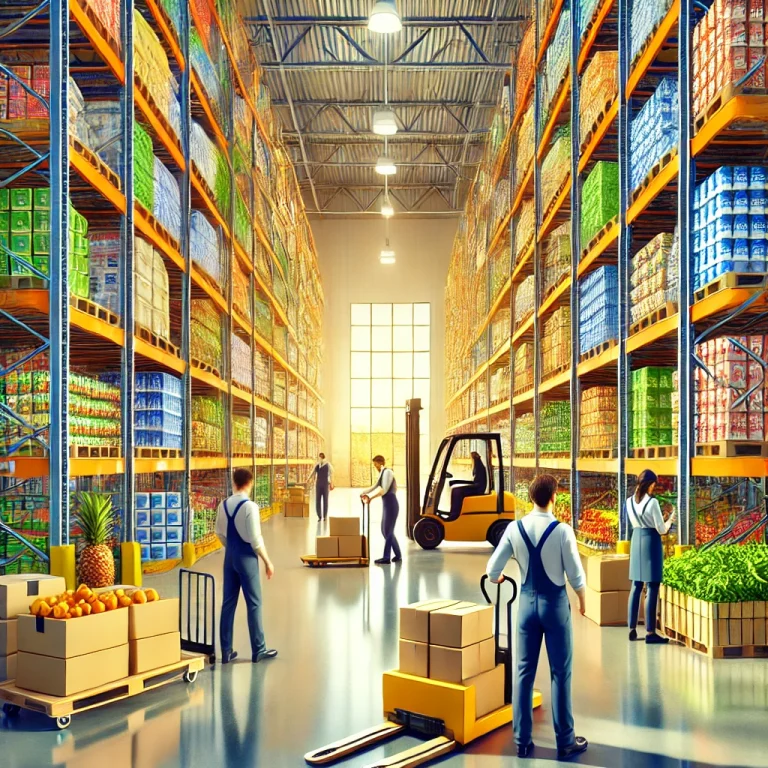What is the biggest challenge SMEs face in India ? SMEs in India are fraught with challenges – from credit, cash flow, capacity utilization to trained manpower and technology. However, what’s the biggest one ? A recent survey by Mumbai based A&A Business Consulting has brought out interesting facts. Contrary to popular belief – largest chunk of 47 percent surveyed SMEs cited sales growth as main problem they are facing rather than working capital or credit (1).
Many SMEs start on a profitable idea, grow well during initial days but growth tapers down with time. The result is very few SME success stories – most SMEs are stuck with very low sales growth – remaining small for ever. This typical Indian phenomenon has been recognized by experts long back and termed ‘Missing Middle’ – meaning there are few large firms, many tiny ones and nothing in between (2).
Why Sales Growth Slows Down
Most of India’s micros and small enterprises can be found in 5000 industry clusters around the country. They account for 40 per cent manufacturing GDP and over 50 per cent exports. Their inability to grow sales make them small for ever. Main reason for lack of sales growth is poor distribution. Though India has a massive distribution system catering to its large retail sector – its extremely fragmented and unorganized.
To be successful in India – companies have no option but to build distribution network bottom up. Successful Indian companies like Hindustan Unilever, Asian Paints, Pidilite, ITC, Maruti, Tata etc. are known for huge distribution networks spanning all corners of India. On the flip side, gaps in distribution provide opportunities to new entrants. For example, in bottled water industry, many
small companies have built strong local businesses, by focusing on small towns where national brands like Bisleri or Kinley are not available easily. Similarly, in mobile handset industry, Micromax gained significant share by targeting customers in tier II and tier III cities.
Its clear that no SME can grow without a quality distribution network. Since this is not available off-the-shelf, it must be built up (and maintained) slowly and painstakingly. And to do this, companies have to locate potential distribution partners across India and engage them in meaningful way.
So, building distribution channel has remained an extremely expensive proposition, apart from being tedious and time consuming – beyond the reach of SMEs. Only large companies with deep pockets could reach Pan India market and grow sales across India rapidly. SMEs had to remain content with local market – that reaches saturation point, eventually chocking further sales growth.
The second barrier in building Pan-India distribution channel has been hassles of inter-state trade. During VAT era – the multiplicity of VAT, CST, Octroi, Road tax, State Govt taxes etc. as also bribery and corruption at check points made inter state trade virtually inaccessible for SMEs.
All these problems compounded themselves to form a formidable barrier in the path of sales growth. Lack of access to larger regional or national market made SMEs restricted to local market while large companies could access pan India market and grew fast.
How SMEs Can Grow Sales
Fortunately for SMEs – the days of inter-state trade hassle is all but over. The GST regime has made inter-state trade smooth and hassle free. This is the time to expand distribution network and sale across India instead of remaining confined to local markets.
However, the problem of finding suitable distribution partners across India is anything but over. Fortunately, business to business (B2B) portals are making the job easy, empowering SMEs to reach out to suitable distribution partners across India at quite affordable cost. Imagine the pre-online days when one had to publish advertisements in multiple newspapers or employ TV channels for all India reach, both being prohibitively expensive for SMEs.
B2B portals like vanik.com has created all-India dedicated channel for distribution trade. Anyone can use vanik channel to reach targeted markets across India. Post discovery of suitable distributor / super stockist – SMEs need understanding of dynamics and nuances of distribution trade to successfully negotiate with B2B distribution partners. There are several best practices, do’s and don’t s etc. on how to negotiate (3). Interested readers may find the blog useful
Conclusion
36 million Indian SMEs account for 45% of total manufacturing output and 40% of total exports. They are also major source of employment generation. Growth of SMEs will bring all round improvement in India economy, benefiting everyone.
1) Financial Express, September 11, 2019
(https://www.financialexpress.com/industry/sme/sales-growth-not-working-capital-is-major-challenge-for-msmes-says-survey/1703299/)
2) Business Line, June 9, 2019
(https://www.thehindubusinessline.com/opinion/manufacturing-sectors-missing-middle/article27704812.ece#)
3) Blog – Amit K Chattopadhyay
( https://vanikblog.blogspot.com/ )


